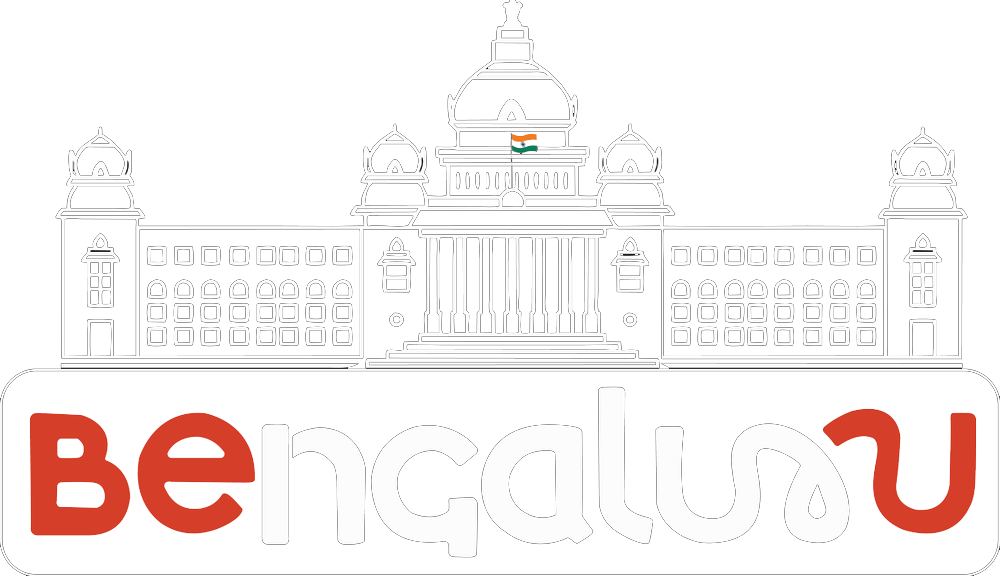Presenters
Apurba Das
Assistant Professor, Department of Computer Science and Information Systems, Birla Institute of Technology and Science, Hyderabad, India.
Bio
Prof. Apurva Das is an Assistant Professor in the Department of Computer Science and Information Systems at Birla Institute of Technology and Science, Hyderabad Campus. He earned his PhD in Computer Engineering from Iowa State University, USA in 2019 and MTech in Computer Science from Indian Statistical Institute, Kolkata in 2011. He did post-doc at the School of Computing, National University of Singapore from 2019 to 2020. His research interests include large-scale graph analysis, parallel algorithms, data stream mining, and related areas.
Prajna Devi Upadhyay
Assistant Professor, Department of Computer Science and Information Systems, Birla Institute of Technology and Science, Hyderabad, India.
Bio
Prof. Prajna Devi Upadhyay is an Assistant Professor at the Computer Science and Information Systems department specializing in Large Language Models (LLMs), Natural Language Processing (NLP), Information Retrieval (IR), and AI for social good. Her research focuses on enhancing data comprehensibility through the use of LLMs. She has published on topics such as legal information extraction, knowledge graphs, and improving LLM-backed conversational AI for low-text literate users through actionable information retrieval. During her postdoc at Inria Saclay, France, she collaborated with the French media publishing house, LeMonde to develop a tool for extracting conflict-of-interest relations between scientists and organizations from PubMed articles. She completed her PhD from the Indian Institute of Technology, Delhi, India in 2021. She has been recognized with the OpenAI Researcher Access and API Award and is investigating multiple research projects in NLP and LLMs.
Abstract: The convergence of large language models (LLMs) and graph mining offers unprecedented opportunities for extracting insights from massive and complex graph-structured data. This tutorial, Big Graph Mining with LLM: Techniques, Architecture, and Applications, aims to equip researchers, data scientists, and practitioners with a comprehensive understanding of how to leverage LLMs for scalable and intelligent graph mining.
We will begin by introducing fundamental concepts of graph mining — including node classification, link prediction, and community detection — and highlight the challenges of scaling to massive graphs (e.g., billions of nodes and edges). We will then explore how LLMs, with their powerful semantic reasoning and pattern recognition capabilities, can augment traditional graph mining tasks.
Recent research has explored the potential of large language models (LLMs) in solving graph problems by leveraging their reasoning and code-generation capabilities. Benchmarks such as GPT4Graph [6] and NLGraph [1] investigate LLMs’ ability to handle diverse graph reasoning tasks such as graph connectivity, path finding, and maximum flow framed in natural language, demonstrating that while models like GPT-4 can perform basic tasks, they struggle with complexity—an issue partly mitigated by techniques such as Build-a-Graph and Algorithmic Prompting. Reinforcing this finding, two diagnostic studies—Exploring the Limitations of Graph Reasoning in LLMs [3] and Revisiting the Graph Reasoning Ability of LLMs [4] show that LLMs consistently underperform on tasks involving larger or more complex graphs, such as grid structures, weighted traversals, and multi-step translations, even with few-shot or chain-of-thought prompting. prompting. Complementing this, the GRAIL [5] framework introduces a novel method for computing Graph Edit Distance (GED) and node alignment by prompting LLMs to generate executable Python code, thereby offering interpretable and domain-generalizable solutions. Unlike traditional neural approaches requiring NP-hard supervision, GRAIL employs self-evolving prompt tuning to iteratively improve performance without ground-truth labels. Together, these works highlight the growing promise of LLMs in bridging natural language understanding and structured graph computation through prompt engineering and code synthesis.
We will end the tutorial with a hands-on session on these topics for all LLM and Graph Mining enthusiasts.
1. Can Language Models Solve Graph Problems in Natural Language?
2. Large Language Model Guided Graph Clustering
3. Exploring the Limitations of Graph Reasoning in Large Language Models
4. Revisiting the Graph Reasoning Ability of Large Language Models: Case Studies in Translation, Connectivity, and Shortest Path.
5. GRAIL: Graph Edit Distance and Node Alignment using LLM-Generated Code
6. GPT4Graph: Can Large Language Models Understand Graph-Structured Data? An Empirical Evaluation and Benchmarking
Duration: Half day
Target Audience: Researchers and Practitioners in NLP and Graph Learning, Graduate Students in AI/ML.


